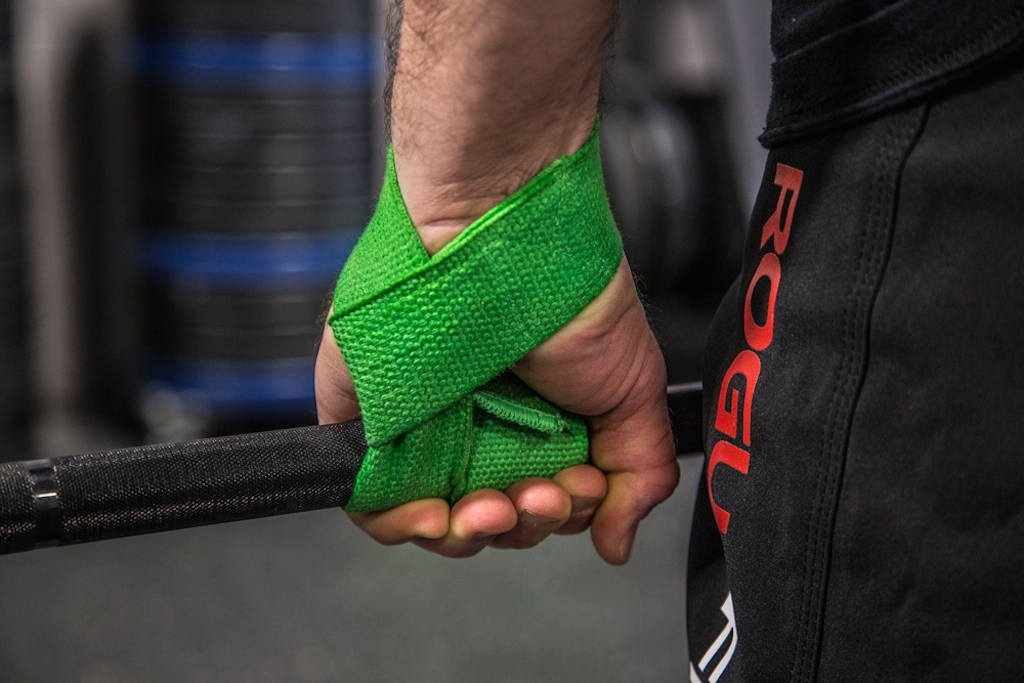Happy Wednesday to You!
I hope you are all having a productive week. I’ve been incredibly busy as usual with coaching clients and working with my Faculty in training for Holistic Lifestyle Level 1. Several are going to be here next week to sit in on Jo Rushton’s class here in San Diego. I’ve very excited to see them all.
Wrist Straps and Weight Lifting Concerns!
Today in my vlog, I share my knowledge and experience on the use of wrist straps for weight lifting.
Wrist straps are commonly used by a significant number of both males and females frequenting gyms.
Though both males and females use them, they are the source of much more pain and dysfunction in men than women. This is largely due to the influences of testosterone in the males.
The typical male mind is much more driven to lift more, lift more than the guy training next to you.
Because most people’s functional limit on what they can lift with exercises like chin-ups, pull-ups, bent over rows, Olympic lifts, deadlifts and low rows is their grip strength, wrist straps become an attractive option.
There are many problems created by the use of wrist straps.
Typically, wrist strap related injuries are only treated symptomatically because most doctors and therapists know less about weight lifting than the patients they are treating.
In my video blog today, I cover the following related topics:
1. Your Grip and Stabilizer Regulation
Here I explain how grip influences the recruitment of stabilizers through out the body.
This is a concept most people without a deep knowledge of anatomy and physiology are commonly unaware of, but should be aware of if they want to prevent the kind of injuries commonly caused by faulty use of wrist straps.
In this section, I actually give you a practical example you can try specifically to experience how the principle of neurological overflow works in the body. I explain how the grip is a very important regulating influence on stabilizes throughout the body.
It is very common to cause ligamentous, joint capsule, and overall joint laxity when lifting with wrist straps for the wrong reasons, poor technique, and/or improper placement of the wrist straps.
This commonly occurs in the wrists, neck, shoulders, low back, and occasionally the elbow.
What most athletes and coaches fail to realize is that once the ligaments supporting a joint become lax (too loose), the stabilizer system must up-regulate resting and dynamic tone in attempt to stabilize the working joints.
This commonly leads to premature fatigue of stabilizer muscles. The result is a progressive deterioration of an optimal instantaneous axis of rotation in the joint complex.
As the athlete continues to train with ligamentous laxity and the premature postural fatigue that often occurs, faulty movement of joint surfaces occurs. This causes a progressive degeneration of cartilage and can cause long-term problems.
2. FORM!
In this section of my vlog, I explain that along with the desire to lift weights that are usually too heavy to lift without wrist straps typically comes poor lifting form or technique.
I share two essential Chek Principles of effective weight lifting:
A) If you can’t lift it…DON’T LIFT IT!
Having rehabilitated countless weight lifting injuries in my career, I can assure you that most people that get hurt lifting with wrist straps can rarely handle the weights they are lifting, and their form makes that very obvious to those that are skilled lifters.
Over and over again, I’ve had to tell strength athletes, football players, martial artists, hockey players, Olympic lifters and other “ass kicker athletes” not to lift a weight that is too heavy for them to lift properly without wrist straps.
You’d be surprised at how many times some athletes have to get injured and how much pain it takes to actually get them to change their behavior…
If you are a woman, I suspect you wouldn’t be surprised.
B. If it looks ugly, IT IS!
How many times have you seen people lifting in the gym (particularly when using spotters!) and you couldn’t tell if they were actually lifting weights, or having a seizure?
I have trained, rehabilitated, and trained with many of the best athletes in the world in many different sports.
One thing I can tell you for sure is that when an athlete is properly trained in the art and science of weight lifting, you can see little difference in their form regardless of weather they are lifting an 8 rep load, or a 2 rep load; maximal lifts naturally encourage a struggle, but the best Olympic lifters can even go to max lifts without loosing good form!
I know this for a fact because I have trained with the Russian Olympic lifting team in Moscow, and one of my buddies was a world champion in the clean-and-jerk; his lifts look the same regardless of how much load you put on him, only his tempo and the look on his face changes.
3. IDEAL USE OF WRIST STRAPS
The wrist strap should be securely fastened ABOVE THE CARPEL BONES or injury is likely.
Be very careful if using wrist straps to check that they don’t slip down or ligament laxity is likely!
If wrist straps are improperly placed, or migrate south past the wrist bones (distal radius and ulna) and end up in the position I show here, the little ligaments that stabilize the carpel bones get stretched.
The result is often popping, clicking, locking and wrist pain. This can, and DOES lead to long-term degenerative changes that can stop athletes from performing. That I can assure you!

I hope you’ve enjoyed my blog and video today.
I’ll look forward to sharing more as soon as I can fit it into my schedule.
Love and chi,
Paul Chek












